If you've searched for 'beff chili' online, you've probably encountered confusing information. Here's the crucial fact: there is no officially recognized chili pepper variety called 'beff chili.' This article explains why this term appears online, identifies what you're likely searching for, and provides accurate information about the real super-hot peppers you might be interested in.
Table of Contents
- Why 'Beff Chili' Doesn't Exist
- Common Chilies Mistaken for 'Beff'
- Actual Super-Hot Peppers Compared
- How to Identify What You're Actually Searching For
- Where to Find Genuine Super-Hot Peppers
- Safe Handling of Authentic Super-Hot Peppers
- Frequently Asked Questions
Why 'Beff Chili' Doesn't Exist
The term 'beff chili' is a common internet misconception with no basis in chili pepper taxonomy. After reviewing botanical databases, agricultural resources, and pepper cultivar registries, no evidence exists of an officially recognized chili variety by this name.
This misinformation likely stems from:
- Mispronunciations of 'bhut jolokia' (ghost pepper) becoming 'beff jolokia' then shortened
- Autocorrect errors converting 'beef' or 'buff' to 'beff' in chili-related discussions
- Deliberate misspellings by vendors selling counterfeit 'super-hot' products
- Misinterpretation of regional names for authentic chili varieties
According to chili taxonomy experts at New Mexico State University's Chile Pepper Institute, no recognized cultivar matches the 'beff chili' description found on some websites.
Common Chilies Mistaken for 'Beff'
If you're searching for 'beff chili,' you're likely looking for one of these authentic super-hot varieties:
Ghost Pepper (Bhut Jolokia)
Often confused due to pronunciation similarities, this Northeast Indian variety gained fame as the world's hottest pepper in 2007. It features:
- Distinctive wrinkled appearance and tapered shape
- Fruity, floral aroma with intense heat
- 1,000,000+ Scoville Heat Units (SHU)
- Common in Northeast Indian cuisine and hot sauces
Scotch Bonnet
Misidentified due to similar heat levels and regional variations in naming:
- Distinctive bonnet shape with uneven surface
- Tropical fruit flavor profile
- 100,000-350,000 SHU
- Essential in Caribbean cuisine
Carolina Reaper
Frequently mislabeled online as 'beff' by sellers seeking to capitalize on its popularity:
- Red, lantern-shaped with characteristic stinger tail
- Caramel-like sweetness before intense heat
- 1,400,000-2,200,000 SHU (officially recognized hottest)
- Bred by Ed Currie in South Carolina
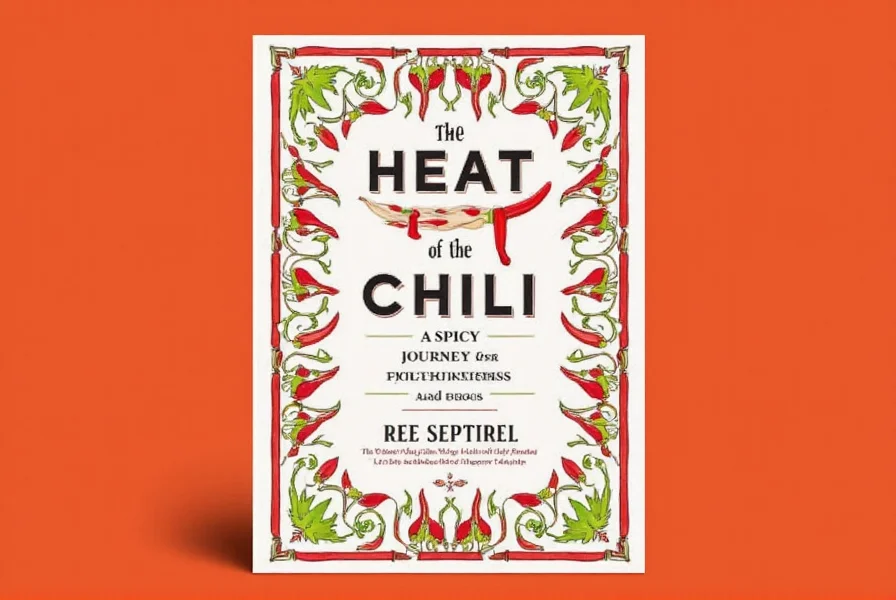
Actual Super-Hot Peppers Compared
Here's an accurate comparison of authentic super-hot peppers you might be searching for instead of 'beff chili':
| Chili Variety | Actual SHU Range | Origin | Distinctive Features |
|---|---|---|---|
| Carolina Reaper | 1,400,000-2,200,000 | United States (SC) | Lantern shape with stinger tail, sweet initial flavor |
| Ghost Pepper (Bhut Jolokia) | 855,000-1,041,427 | India | Wrinkled surface, tapered end, smoky flavor |
| Trinidad Moruga Scorpion | 800,000-2,000,000 | Trinidad and Tobago | Bumpy texture, intense delayed heat |
| Scotch Bonnet | 100,000-350,000 | Caribbean | Bonnet shape, fruity flavor, essential in jerk seasoning |
| Habanero | 100,000-350,000 | Mexico/Belize | Similar to Scotch Bonnet but with brighter citrus notes |
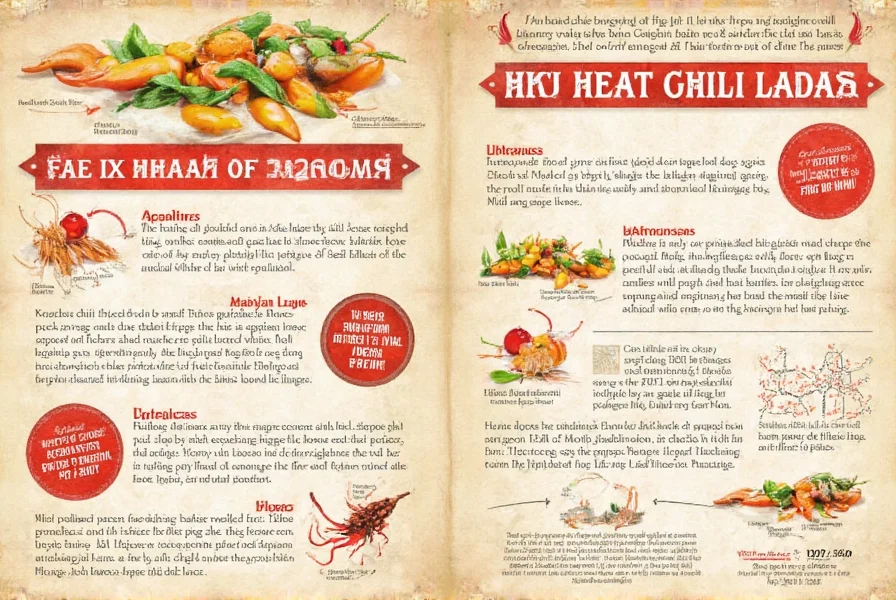
How to Identify What You're Actually Searching For
Follow these steps to determine which authentic chili you're likely seeking:
- Examine the physical description: Note shape, color, and surface texture. Ghost peppers are wrinkled, Carolina Reapers have stinger tails, Scotch Bonnets are squarish.
- Consider the heat progression: Carolina Reaper has immediate intense heat, Ghost Pepper has a delayed burn, Scotch Bonnet offers fruitiness before heat.
- Check regional connections: If it's associated with Caribbean cuisine, it's likely Scotch Bonnet; Northeast Indian points to Ghost Pepper.
- Verify with official sources: Consult the Chile Pepper Institute or academic agricultural extensions for authentic identification.
When purchasing, always look for:
- Botanical names (Capsicum chinense for most super-hots)
- Reputable seed companies (like Baker Creek Heirloom Seeds)
- Certified Scoville testing documentation for commercial products
Where to Find Genuine Super-Hot Peppers
Instead of searching for the non-existent 'beff chili,' here's where to find authentic super-hot varieties:
For Fresh Peppers
- Specialty Farmers Markets: Look for vendors specializing in heirloom or international produce
- Latin/Caribbean Grocery Stores: For authentic Scotch Bonnets and habaneros
- Farmers Growing Capsicum Chinense: Search for local growers specializing in super-hots
For Seeds and Plants
- Certified Seed Companies: Companies like Fruition Seeds and Seed Savers Exchange offer verified varieties
- Chili Enthusiast Communities: Groups like the Hot Pepper Forum provide reliable sources
- Avoid Generic Online Marketplaces: Be cautious of listings claiming 'beff chili' or unrealistically cheap 'super-hots'
Red Flags of Fake Products
- Products claiming 'beff chili' as a variety name
- Unrealistically low prices for 'super-hot' seeds
- Lack of botanical naming or origin information
- Exaggerated heat claims without verification
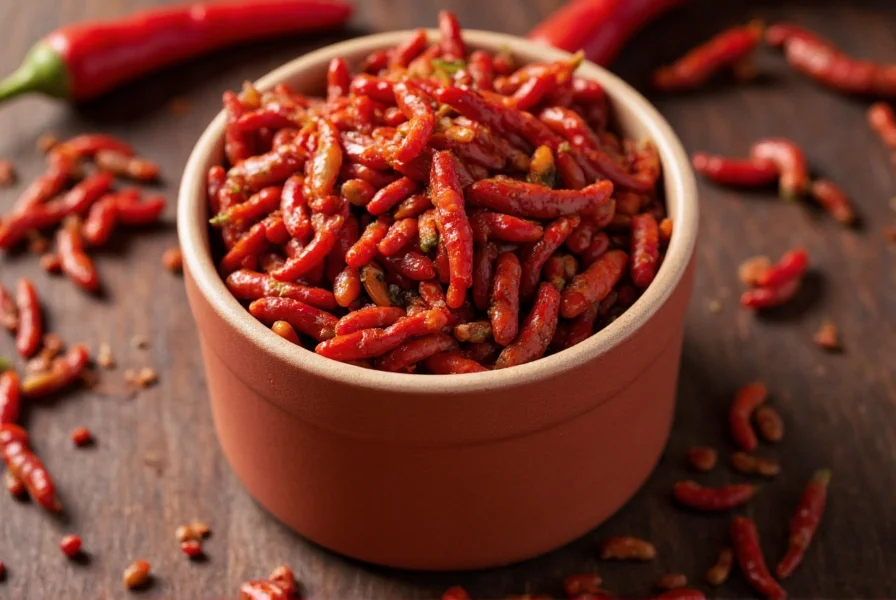
Safe Handling of Authentic Super-Hot Peppers
When working with genuine super-hot peppers (not the fictional 'beff chili'), follow these safety protocols:
- Protective Gear: Wear nitrile gloves (latex won't protect against capsaicin) and safety goggles when handling
- Work Area: Use a dedicated cutting board in a well-ventilated area away from children and pets
- Tool Management: Label all utensils used with super-hots to prevent cross-contamination
- Emergency Prep: Keep milk or yogurt nearby (not water) to soothe accidental burns
- Cleaning Protocol: Wash all surfaces with soapy water followed by vinegar solution
Professional chefs handling super-hots recommend using separate kitchen tools dedicated solely to these peppers to prevent accidental exposure during regular cooking.
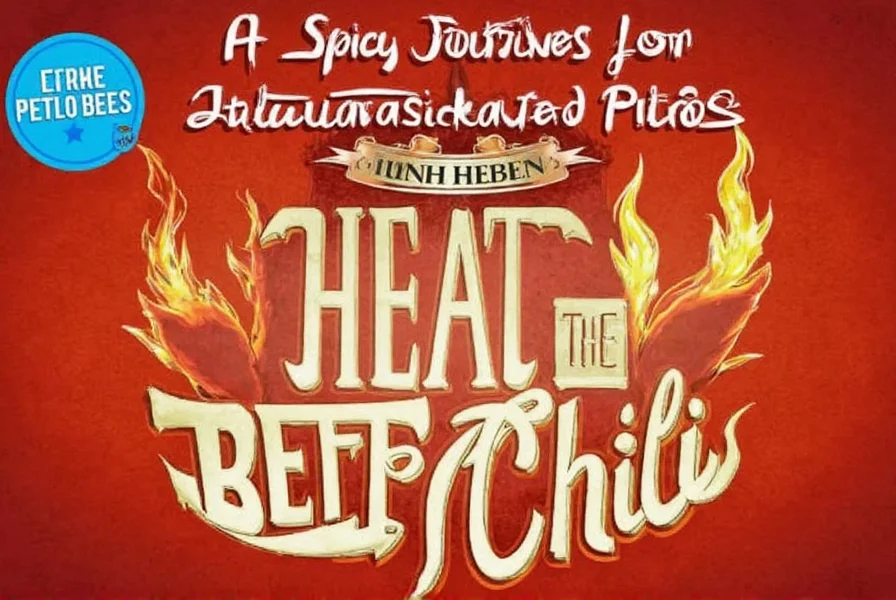
Frequently Asked Questions
Why can't I find authentic 'beff chili' products?
The term 'beff chili' doesn't refer to any recognized chili variety. This is likely a misspelling of 'bhut jolokia' (ghost pepper) or a fabricated term used by some sellers. Reputable agricultural sources, chili institutes, and botanical databases contain no record of a 'beff chili' cultivar. When searching for super-hot peppers, focus on verified varieties like ghost pepper, Carolina Reaper, or Scotch Bonnet.
Is 'beff chili' the same as ghost pepper?
No, 'beff chili' is not a real variety, while ghost pepper (bhut jolokia) is a well-documented Capsicum chinense variety originating from Northeast India. The confusion likely comes from mispronunciation of 'bhut' sounding like 'beff.' Ghost pepper has been scientifically tested at 855,000-1,041,427 SHU and is recognized by the Guinness World Records as the hottest pepper from 2007-2011.
Where did the 'beff chili' myth originate?
The 'beff chili' misconception appears to have multiple origins: 1) Misinterpretation of 'bhut jolokia' in online forums 2) Autocorrect errors converting 'buffalo' or 'beef' in chili-related discussions 3) Deliberate misinformation by some e-commerce sellers creating fictional products to capitalize on super-hot pepper trends. Agricultural extension services and chili research institutions have documented no legitimate 'beff chili' variety.
How can I verify if a chili product is authentic?
To verify authentic super-hot peppers: 1) Check for botanical names (Capsicum chinense for most super-hots) 2) Look for Scoville testing documentation from certified labs 3) Purchase from reputable seed companies with clear origin information 4) Consult university agricultural extensions or the Chile Pepper Institute 5) Be wary of products making extraordinary heat claims without verification. Authentic super-hots won't be sold as 'beff chili' since this isn't a recognized variety.
What's the hottest actual chili I can buy?
The Carolina Reaper currently holds the Guinness World Record as the world's hottest chili (1,400,000-2,200,000 SHU), bred by Ed Currie of PuckerButt Pepper Company. Other verified super-hots include the Trinidad Moruga Scorpion (800,000-2,000,000 SHU) and Ghost Pepper (855,000-1,041,427 SHU). Always purchase from reputable sources that provide proper handling instructions and origin verification, not from sellers using non-standard names like 'beff chili.'
Are there safety concerns with fake 'beff chili' products?
Yes, products marketed as 'beff chili' may pose safety risks: 1) They could be mislabeled dangerous varieties 2) May contain undisclosed additives to artificially increase heat 3) Lack proper handling instructions 4) Could be grown with unsafe agricultural practices. The FDA has issued warnings about counterfeit super-hot products that don't disclose actual ingredients or heat levels. Always choose verified varieties from reputable sources with proper safety documentation.

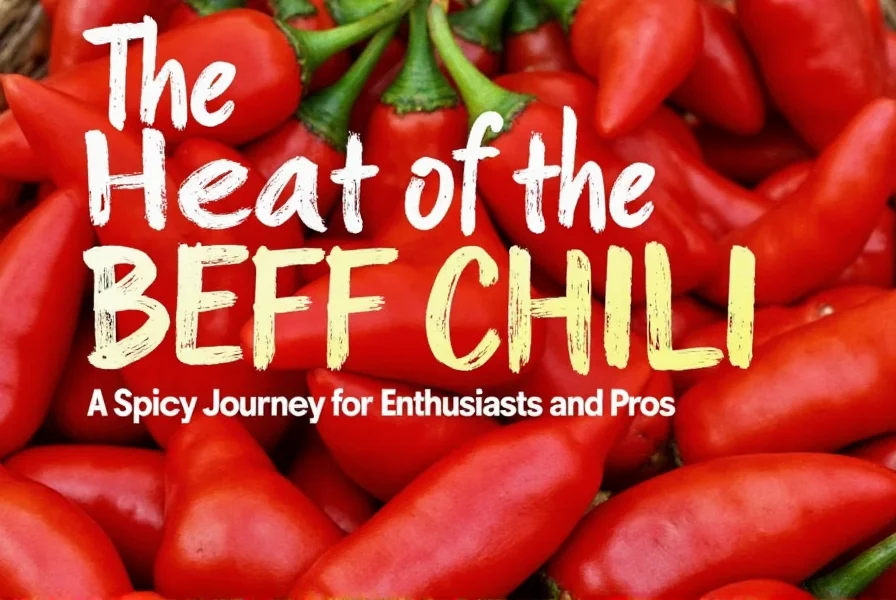









 浙公网安备
33010002000092号
浙公网安备
33010002000092号 浙B2-20120091-4
浙B2-20120091-4